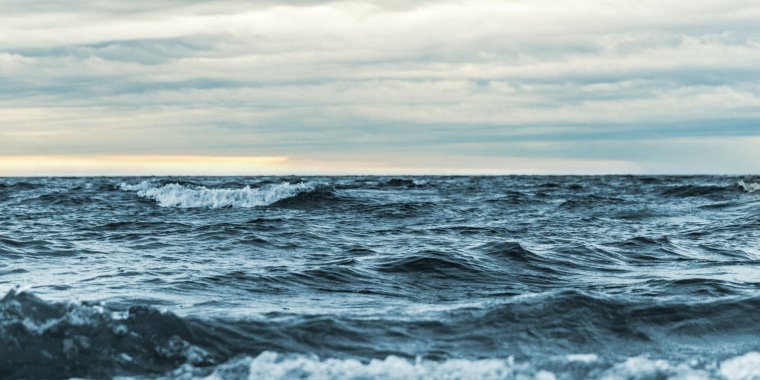| News / Science News |
Ocean surface tipping point could accelerate climate change
The oceans help limit global warming by soaking up carbon dioxide (CO2) emissions. But scientists have discovered that intense warming in the future could lessen that ability, leading to even more severe warming.

Ocean surface tipping point could accelerate climate change. Photo: Ant Rozetsky/Unsplash
The discovery comes from a study led by scientists at The University of Texas at Austin. They analyzed a climate simulation configured to a worst-case emissions scenario and found that the oceans' ability to soak up CO2 would peak by 2100, becoming only half as efficient at absorbing the greenhouse gas by 2300.
The decline is a result of the emergence of a surface layer of low-alkalinity water that hinders the ability of the oceans to absorb CO2. Alkalinity is a chemical property that affects how much CO2 can dissolve in seawater.
Although the emissions scenario used in the study is unlikely because of global efforts to limit greenhouse gas emissions, the findings reveal a previously unknown tipping point that if activated would release an important brake on global warming, the authors said.
"We need to think about these worst-case scenarios to understand how our CO2 emissions might affect the oceans not just this century, but next century and the following century," said Megumi Chikamoto, who led the research.
Today, the oceans soak up about a third of the CO2 emissions generated by humans. Climate simulations had previously shown that the oceans slow their absorption of CO2 over time, but none had considered alkalinity as an explanation.
To reach their conclusion, the researchers recalculated pieces of a 450-year simulation until they hit on alkalinity as a key cause of the slowing.
According to the findings, the effect begins with extreme climate change, which supercharges rainfall and slows ocean currents.
That leaves the surface of the oceans covered in a warm layer of fresh water that won't mix easily with the cooler, more alkaline waters below it.
As this surface layer becomes more saturated with CO2, its alkalinity falls, and its ability to absorb CO2 falls with it. The result is a surface layer that acts like a barrier for absorption.
That means less of the greenhouse gas goes into the ocean and more of it is left behind in the atmosphere. This in turn produces faster warming, which sustains and strengthens the low-alkalinity surface layer. (U.S. National Science Foundation)
YOU MAY ALSO LIKE





